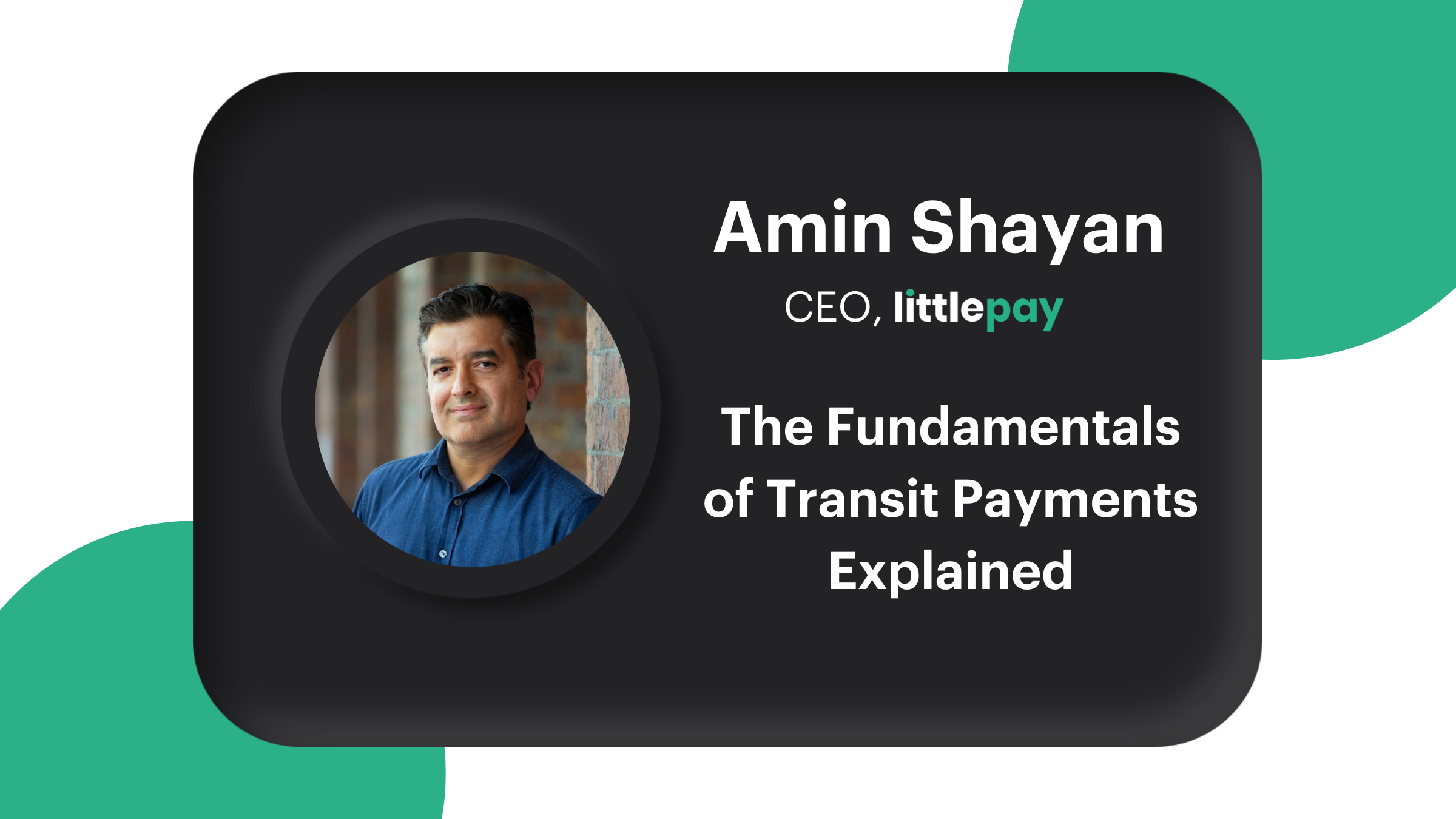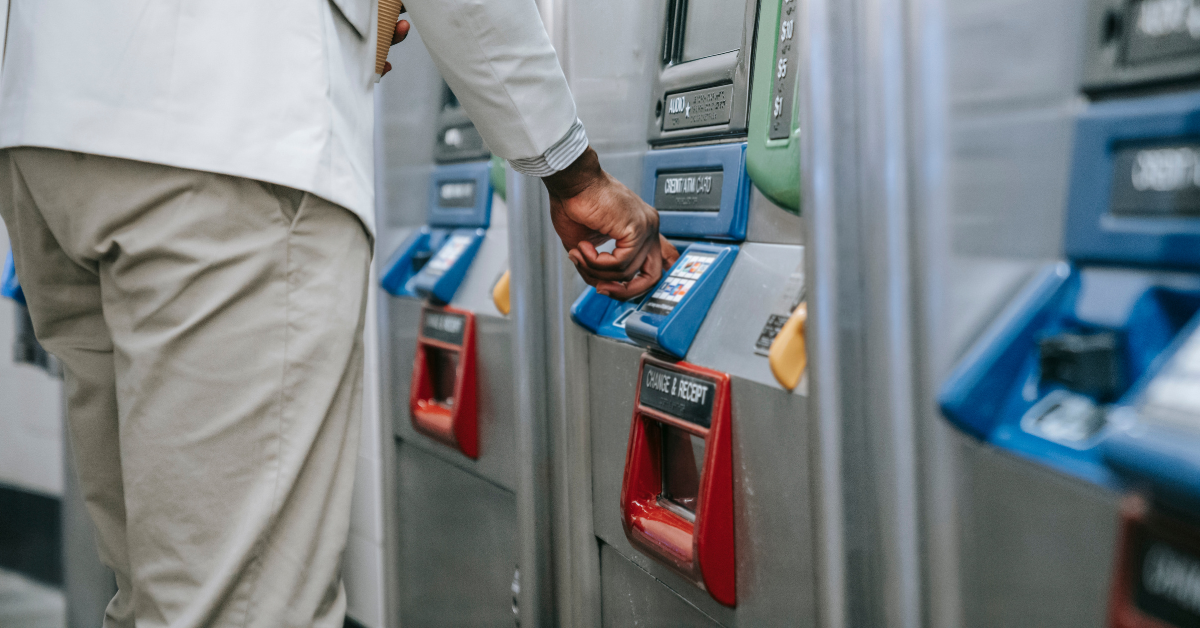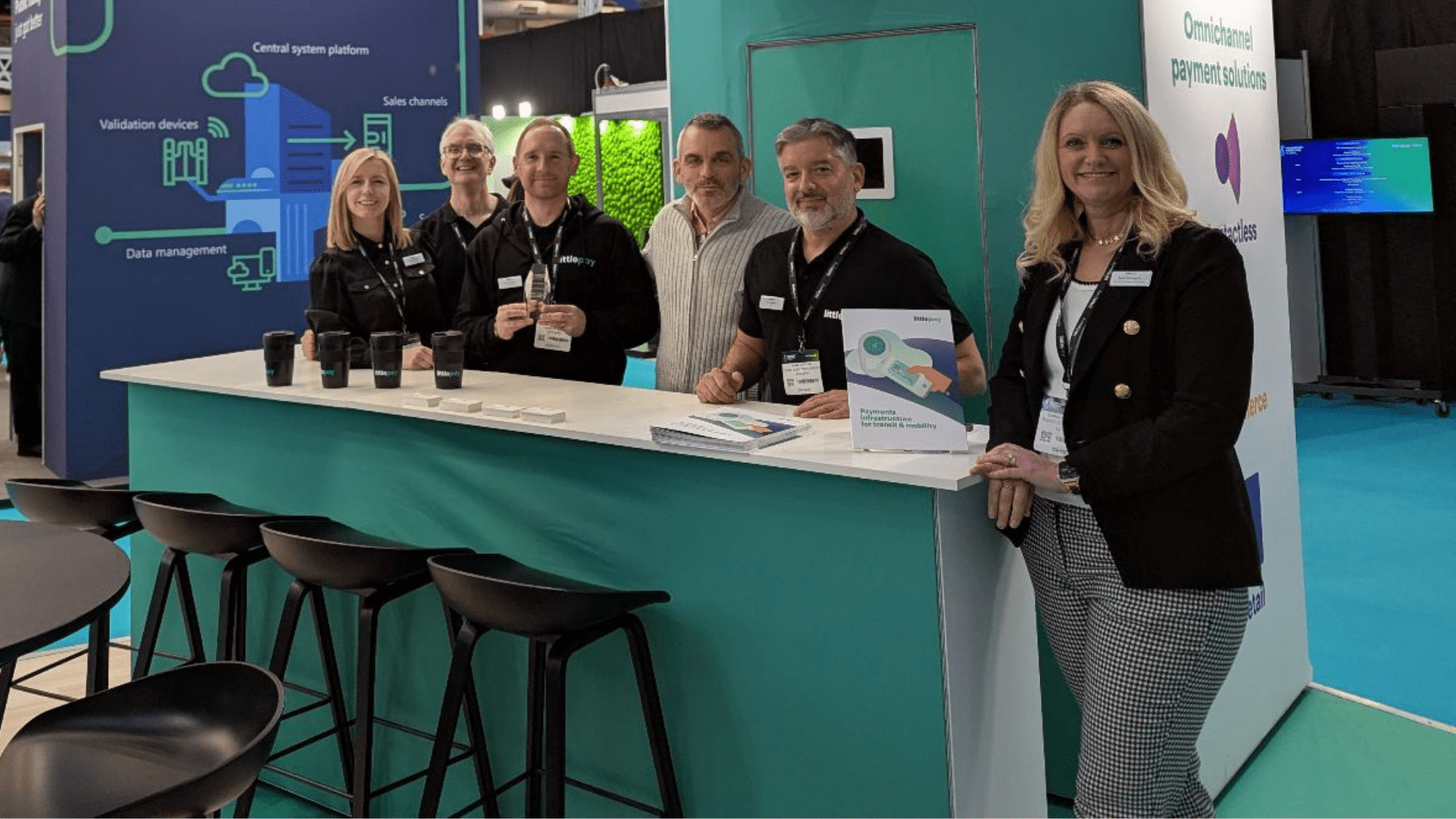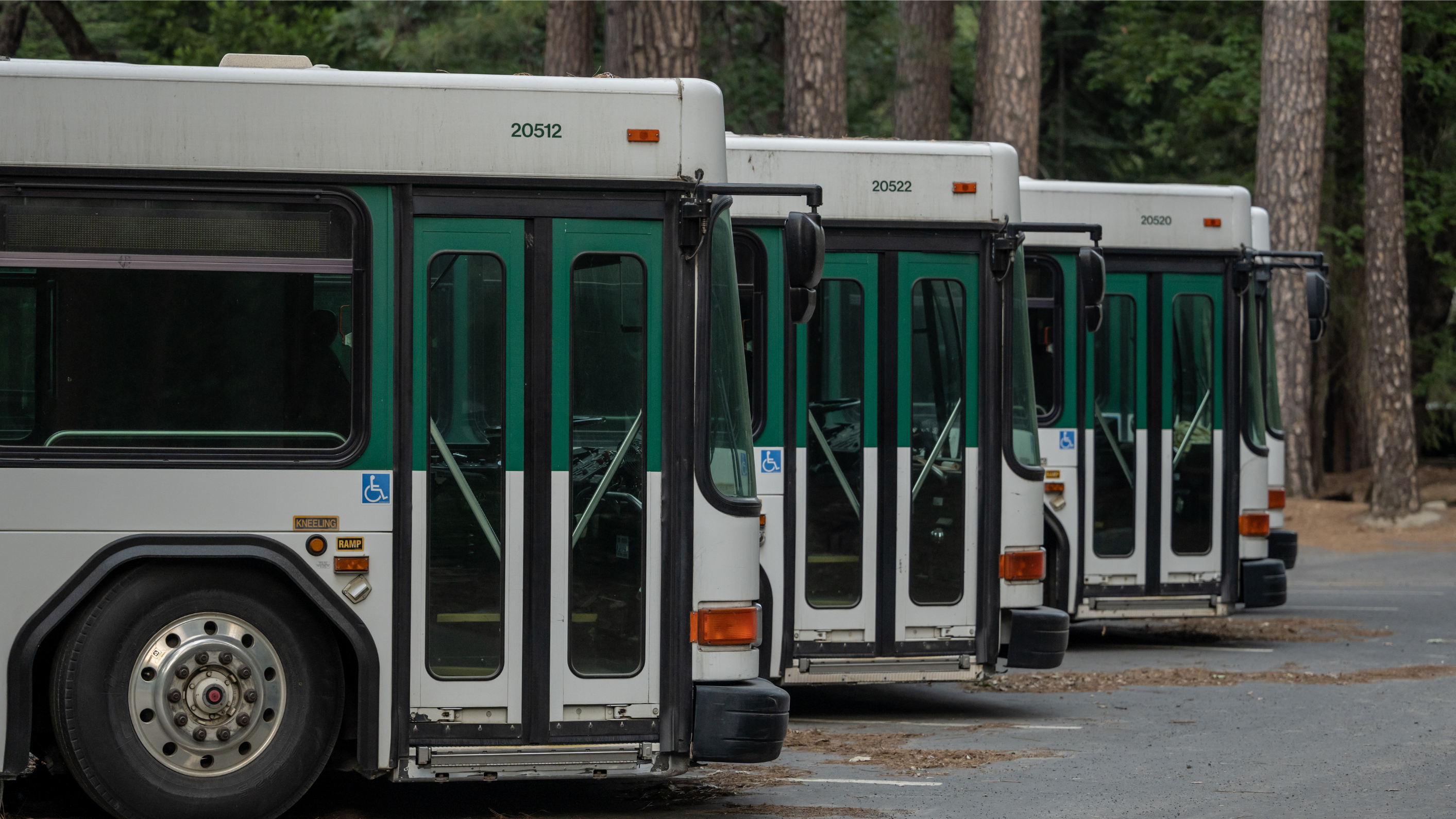The Fundamentals of Transit Payments Explained
by Amin Shayan

Introduction and Objectives
This series was written for transit authorities, agencies and operators who are considering the addition of contactless payment acceptance to their ticketing systems.
The aim is to provide you with an overview of the issues that need to be considered and addressed in procuring and implementing contactless payments, and share the experiences we’ve gained in over 250 deployments around the world, ranging from small operators with 5 vehicles, to national multimodal systems.
By the end of the series, you should have a good grasp of the lingo (lots of acronyms), the component parts of the systems involved, and the key pitfalls and red flags you need to navigate in procuring a contactless system.
We hope you find this useful, and would appreciate your comments and questions.
Content:
There’s a lot to cover, so we’ve broken this into a 6 part series:
Part 1: Introduction to Contactless Payments (cEMV) in transit
- The journey – From Cash to Open loop to Closed loop
- Challenges of Open Loop systems
- Benefits of Open Loop, and contactless EMV
Part 2: Architecture of an Open Loop Transit System
- Overview of the system
- Bespoke v Productised v Modular systems
Part 3: Fare Systems in Contactless
- Systems to manage fares: What is AFC , ABT, and MaaS
Fare Requirements: Retail, KFT, PAYG, Tap on Tap Off, Capping and adjustment- How to handle concessions in Contactless Payments
Part 4: Hardware – Point of Sale Validators
- Requirements: Cash, Device Interaction, Printers
- ETMs, Stand-alone Validators
- Hardware components: Readers, Validators, Optical Readers, Interfaces
- Single and multi-device implementations
- Certification and Security
Part 5: The Role of the Payment Service Provider
- Basics of Processing a Payment
- Omnichannel payments
- The power of the token
Part 6: Procurement Pitfalls
- Prime v Parcel procurement case studies
- Structuring a procurement
- Setting up evaluations
- References
- Demo’s
- Trials
This series has been tailored to help transit authorities, agencies and operators make the move to open-loop payments. We’re breaking down all the fundamental steps in the process, specialised language and pitfalls to be aware of in order to best navigate the transition.
The first part will be published on the 18th of October, but you can read it today if you sign up in the form below:
Trending Topics

Wellington moves faster on open-loop payments with a partner-led overlay approach

Go-Ahead Becomes First Operator to Deploy GTI Across its Network

 Insight
Insight
 Knowledge
Knowledge
 News
News



